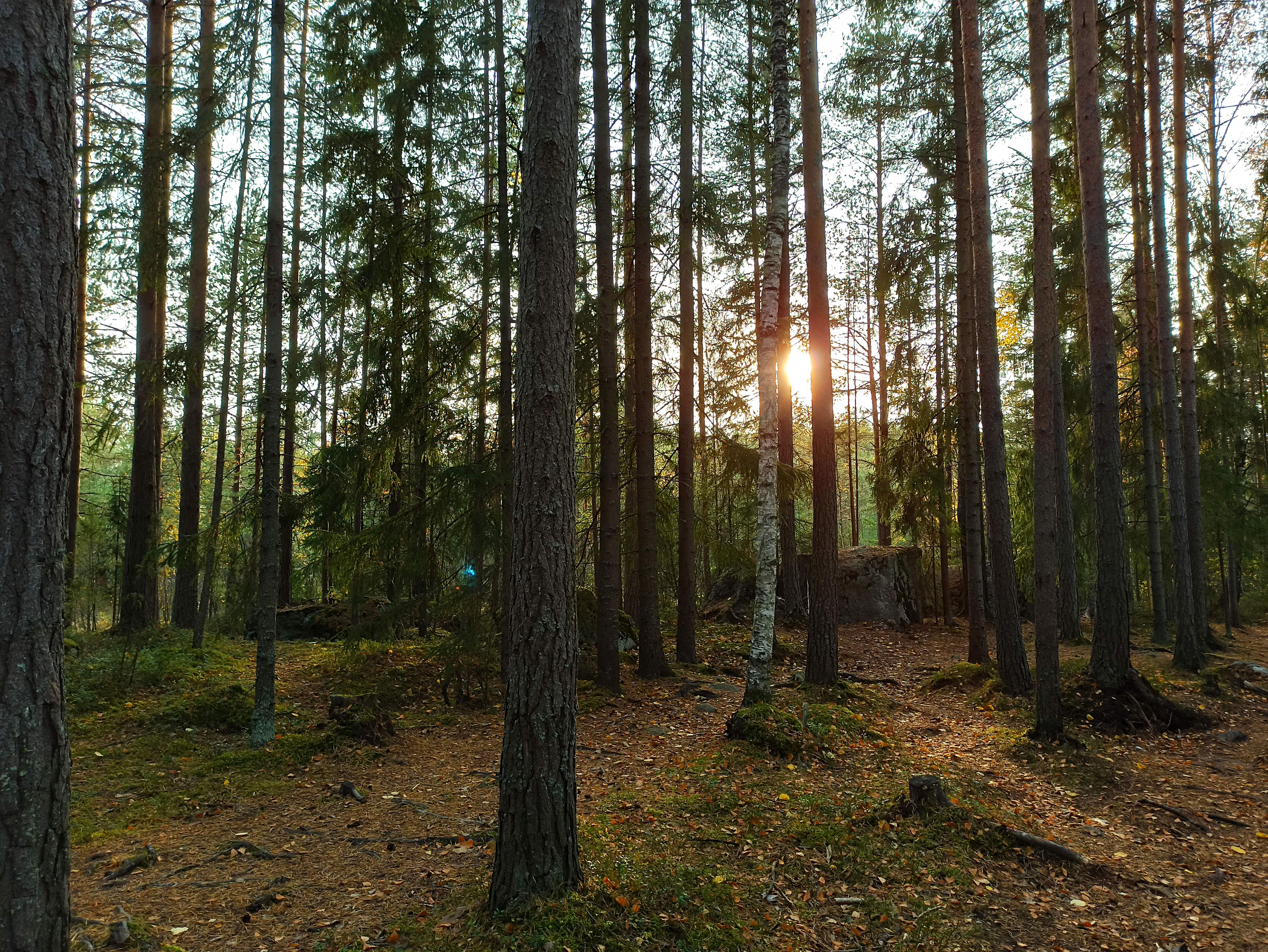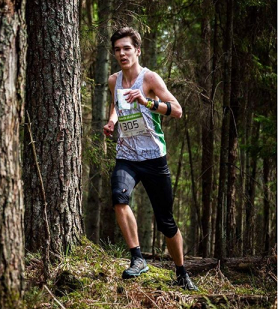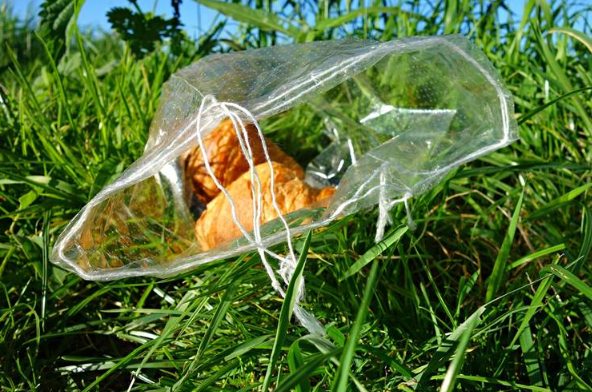Would you believe me if I told you there is an event with over 10000 participants that takes place in the middle of the forest and results in no visible environmental damages at all? I wouldn’t believe this fairytale either. However, it is worth analyzing the sport of orienteering, which has come the closest to this unbelievable claim.
This sport is something unique. You get a map and a compass, and you go in the forest trying to find controls. Doesn’t matter if it’s raining or snowing, or the next control is on the other side of a vast swamp… you just go. Forest is our stadium. And from personal experience, I can assure you – that it feels amazing to be so free. No constrictions. No rules. No fears. And most importantly – no civilization… just the prehistoric nature all around.

This is probably the most environmentally friendly sport there is. Why? Let me ask you a question: would you throw eaten yogurt packages on the floor in the house you live in? Well, if you’re not some depressed student, who doesn’t care about the cleanliness of their rooms, then I would guess that no – you wouldn’t litter your house. The same is with us – orienteers. We live, breathe, and feel our forests!
But what if we scale up by a hundred? Or even better – a thousand… or ten thousand. What environmental effect does mega competitions Jukola or 10Mila or Oringen have? Can we, orienteers, continue calling ourselves environmentally friendly? This topic has been thoroughly researched by many environmental activists, which are orienteers themselves.
1. Water usage 
As with any event, water can be the basis of a long discussion. In the case of orienteering, there are many drinking points in the forests, which are set up and organized by volunteers, but the amount of drinking water consumed accounts for a negligible amount if compared to the amount of water used in the showers. In the mega-events like Jukola (15000 participants) and 10Mila (10000 participants), hundreds of cubic meters of water are used in the showers. It is unlikely that such usage is efficient.
2. Waste
Let us first look at waste from drinking stations in the forest. The water needs to be presented in glasses. Usually, these glasses are made of plastic, which is not a very environmentally friendly way of organizing an event. In the case of Oringen, hundreds of thousands of plastic cups are used each year, which exceeds any sustainability hopes for waste management. Luckily, many events worldwide are transitioning towards the usage of paper cups.
3. Visible damages to the environment
As orienteers run with spikes, this creates a problem. The routes usually follow a similar direction, which creates many new trails in the forest. Would this be the reason why many landowners don’t allow competitions in their forests? Yes. Many farmers also restrict any access to their fields that often are in the middle of the forest that orienteers have to run in. This creates an ambiguity: do orienteers damage the fauna? I would argue that no because then animals would also be trespassing the rules of the landowners. However, it would make sense to conclude that if there is rain, the parking fields after competitions are dramatically damaged for many months to come because of all the cars, especially in Jukola and other mega-competitions.
4. Emissions
The biggest problem of all is the emissions. Orienteering usually happens in faraway forests, and it is rather difficult to commute to those places. Hundreds of cars travel many kilometers to and back orienteering training every day, which account for the most environmentally damaging aspect of this sport. In the case of 10Mila or Jukola, people sometimes have to drive hundreds of kilometers just to go to the competition venue. This omits an unimaginable amount of CO2, which is often not even considered in the scientific reports of orienteering competitions.

Conclusion
In conclusion, I must say that this sport is very ambiguous if talking about its environmentally friendly-ness. Yes, the majority of the orienteers are environmentally conscious and pick up their own trash… But if we look at competitions like Jukola, we can see that there are many problems that need to be addressed. Some of the solutions to these issues could include: limiting shower time to 3 minutes; changing plastic cups to paper cups; restricting the usage of spikes in mega-competitions like Oringer, 10Mila and Jukola; making a ride-sharing system, where orienteers can share their transport to limit the carbon dioxide emissions. I must say that I am very fortunate to be involved in this sport, but I must confess – orienteering has way more flaws than I had thought myself.




